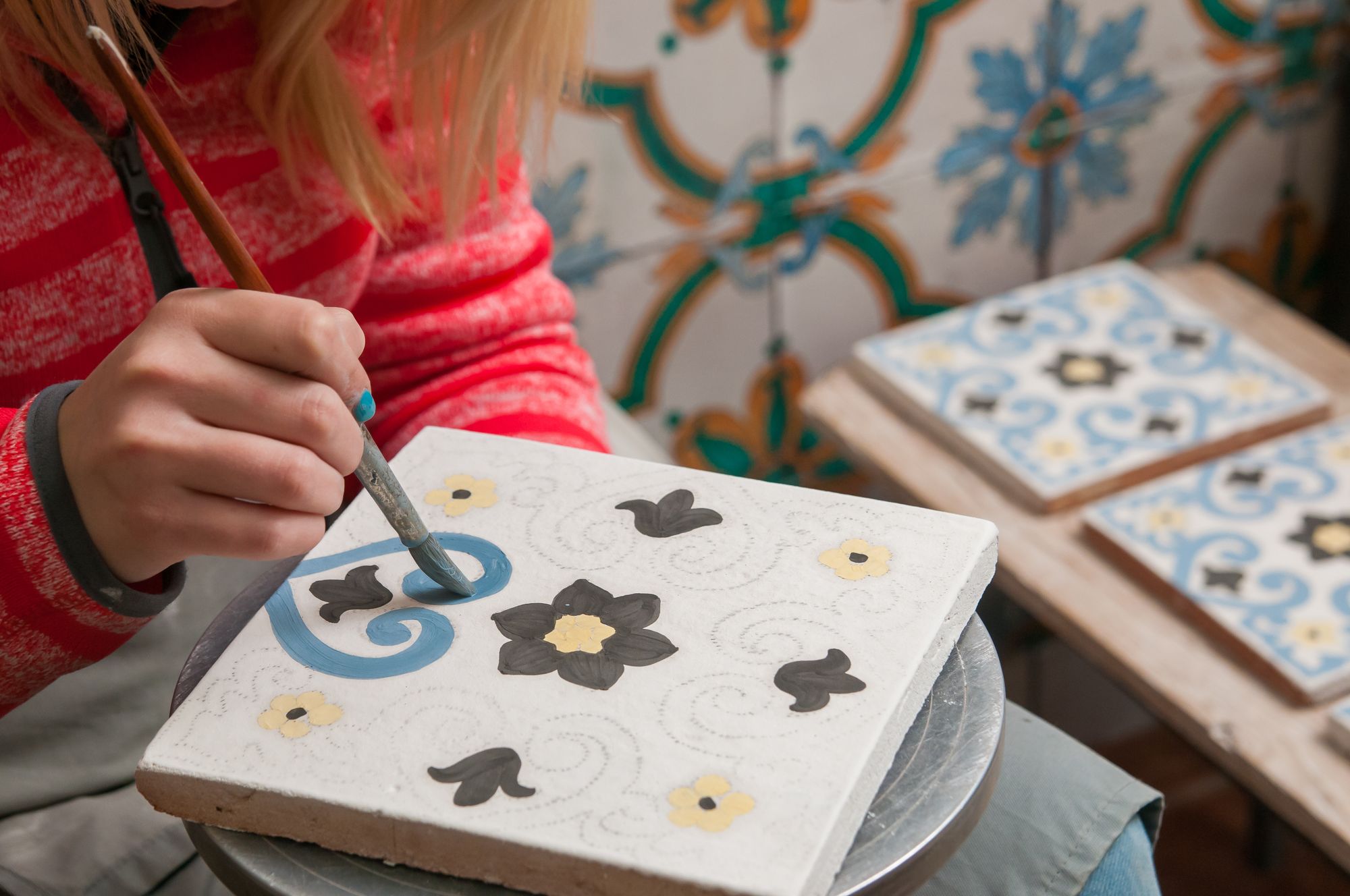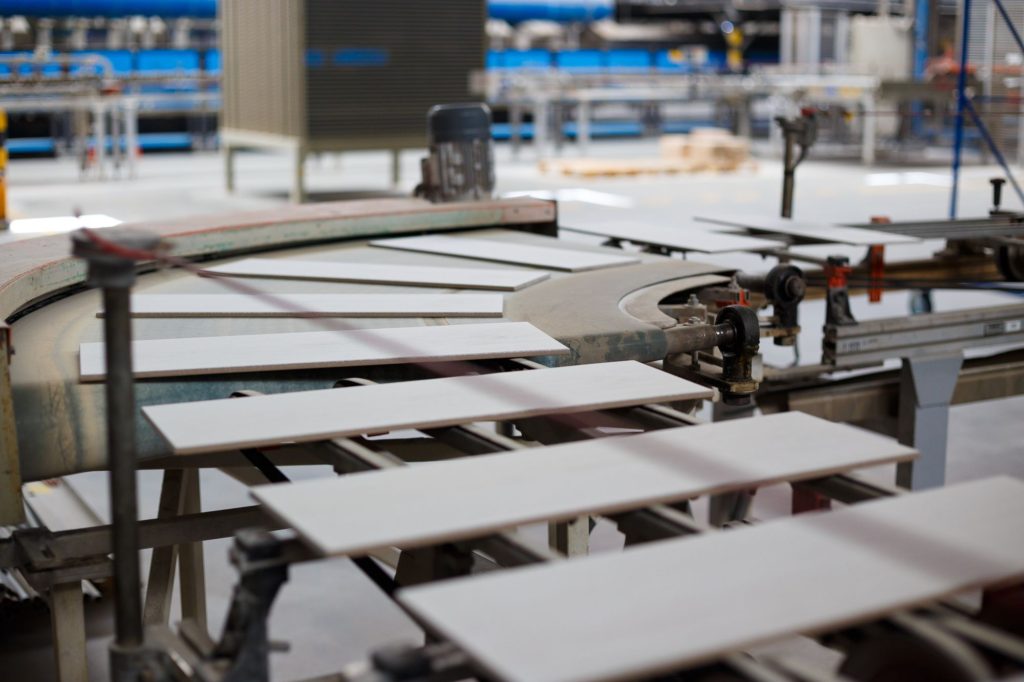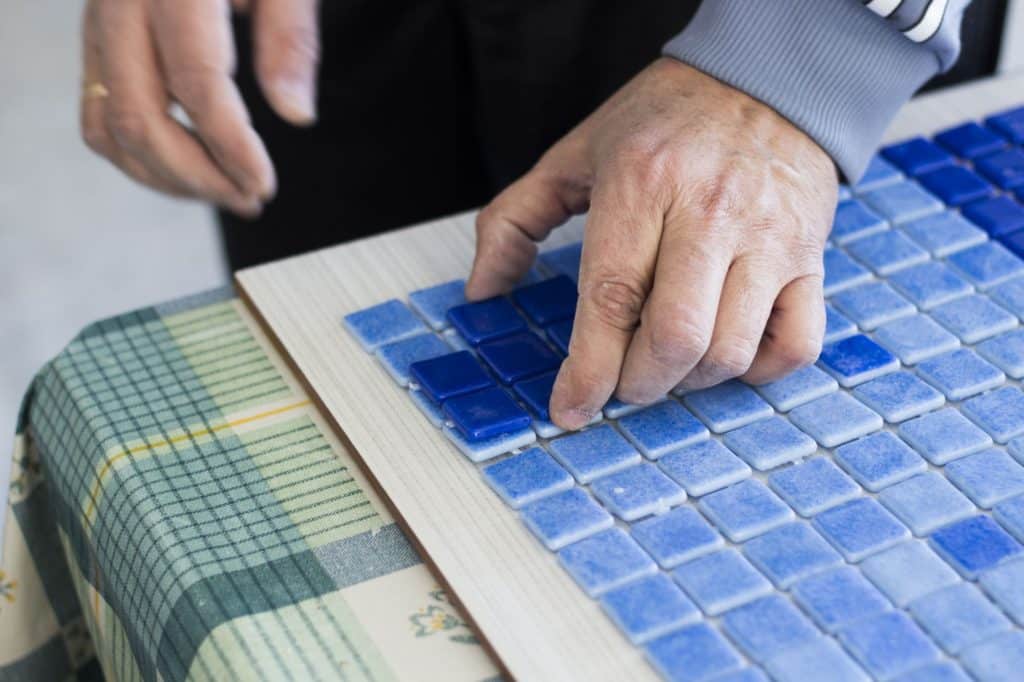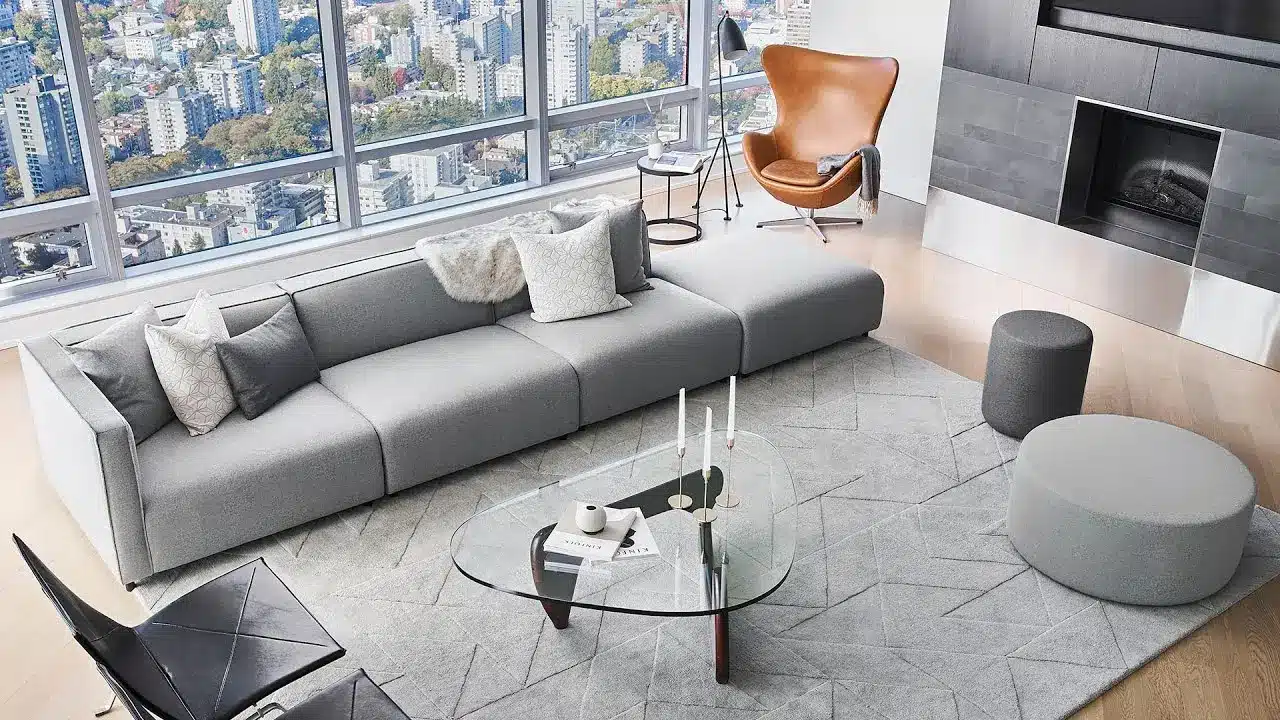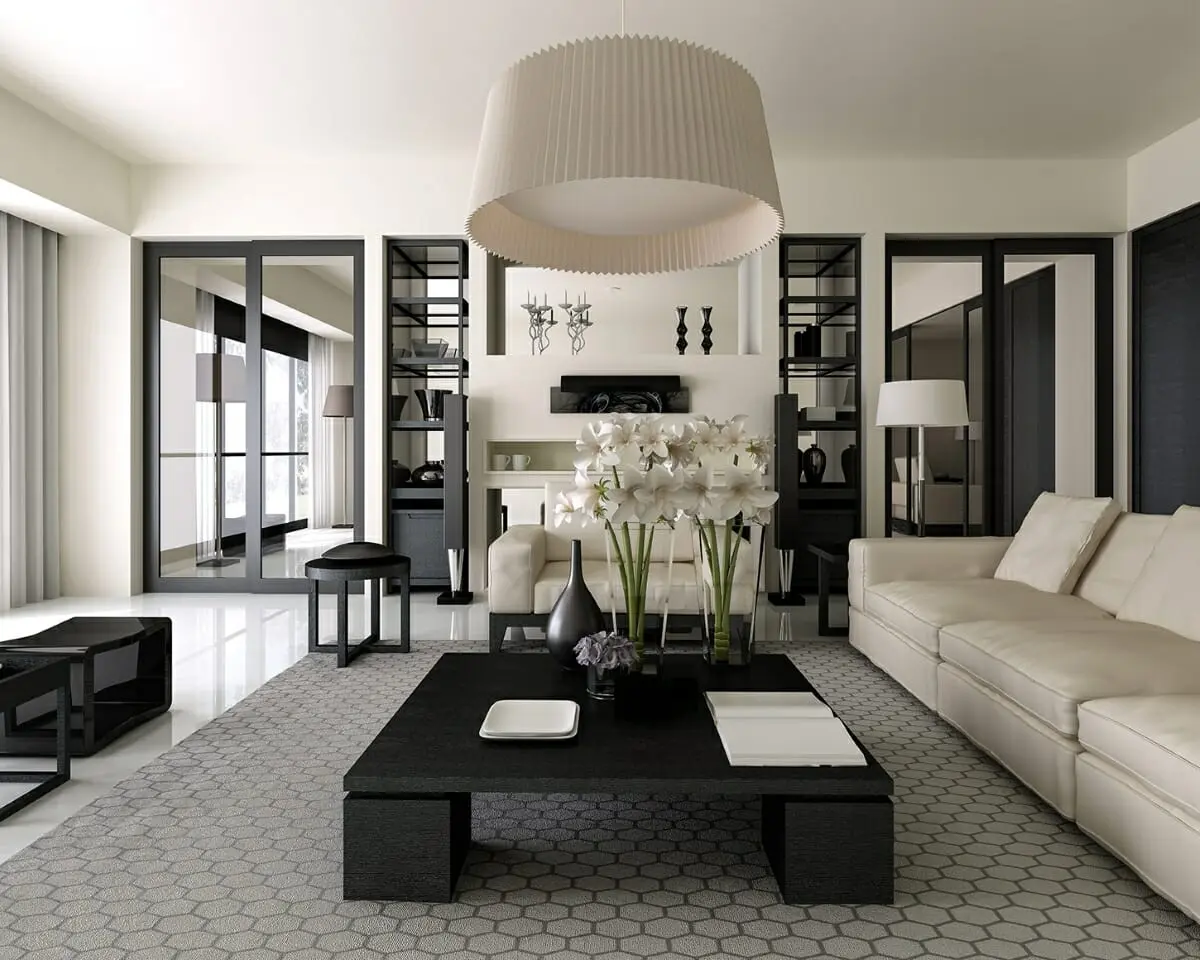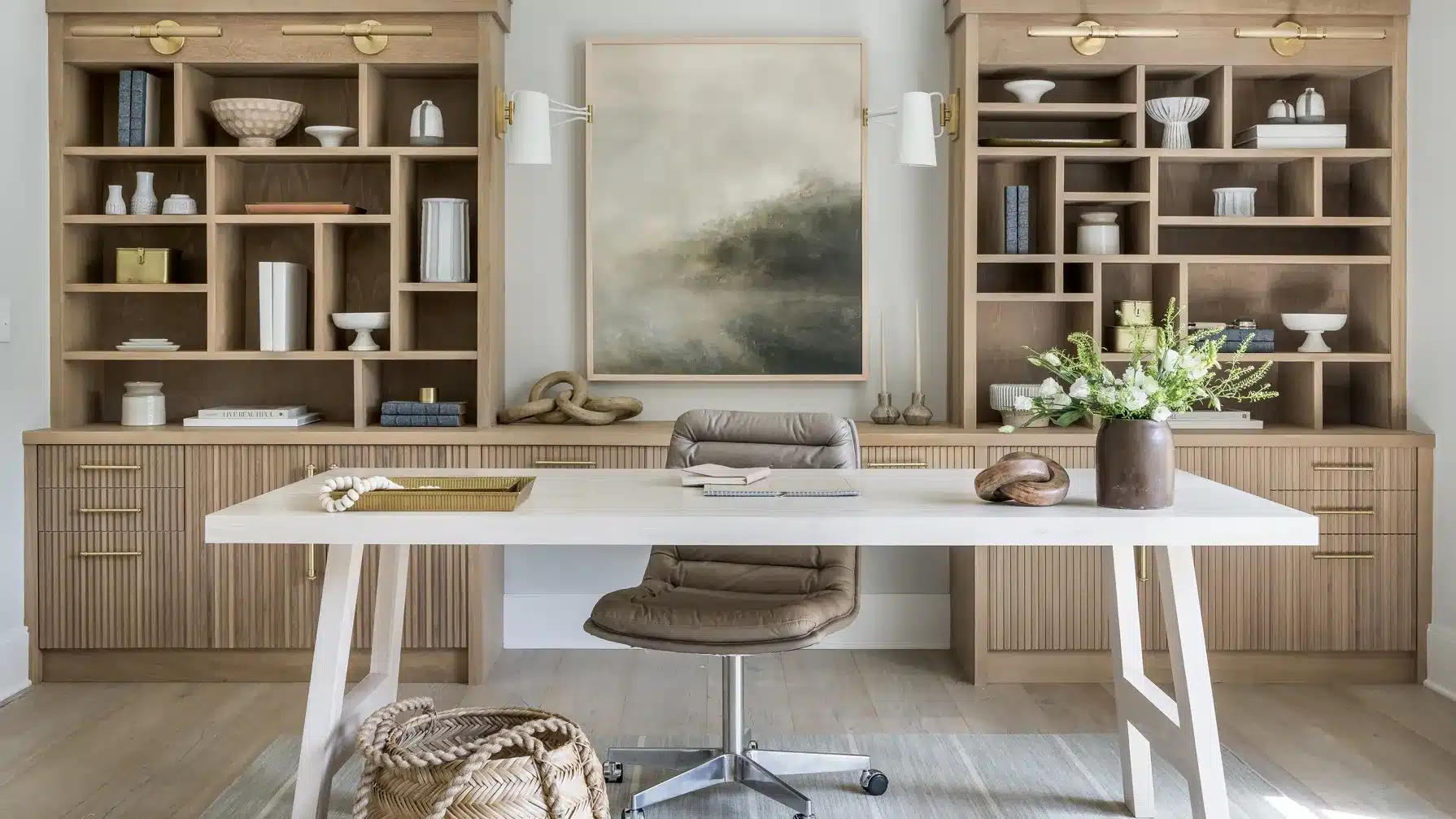Ceramic tiles are an amazing, versatile, and popular decorative material for interior decoration and building cladding.
The concept of “ceramic tiles” combines several types of material, each of which has individual qualities. They largely depend on the properties of raw materials and production technology. How tiles are classified, how they are made, and how they are divided in accordance with their intended purpose, read on.
All ceramic tiles on the modern market are divided into several groups and categories. The classification of the material can be based on different factors, but the main ones are:
- variant and production technology;
- raw materials from which the products are made;
- type and texture of the surface;
- water absorption properties;
- porosity;
- class of abrasion;
- coefficient of friction;
- assortment;
- thickness, shape, size, etc.
Appearance characteristics
External parameters are the main visual distinguishing features of ceramic tiles. They are guided primarily by choosing materials for facing or finishing work. Naturally, because products of different shapes can look completely different on the same objects.
The most popular and demanded form of tiles is a square from 15×15 to 20×20 cm. It is characterized by such advantages as versatility, practicality, ease of installation, and ease of selection for individual parameters of the room.
Rectangular ceramic slabs are also common. They fit well into different rooms and any design solutions. A feature and at the same time an advantage of such a model is orientation – its location can be both horizontal and vertical. The standard dimensions of such a tile are 20×30 cm. If you wish, you can find original models from designer collections with atypical parameters.
Non-standard tiles – spectacular and stylish tiles of atypical shapes: ovals, trapezoids, triangles. The original look of the models makes a good impression, but over time, such a tile may bore the owners or lose its stylistic relevance. In addition, laying tiles of complex shapes is a very costly business in terms of both effort and time.
The sizes and shapes of the tile
The aesthetics of the interior and the functionality of the design largely depend on the dimensions of the purchased slabs. Therefore, the external parameters and shape of products are another important criterion for the choice of finishing materials.
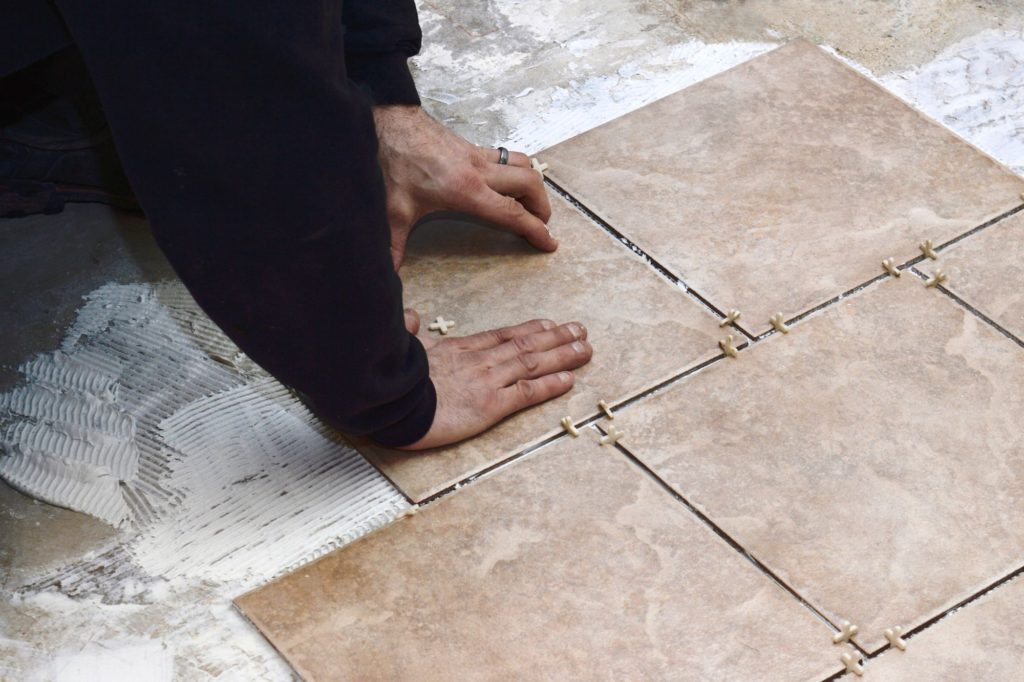
Traditional square 30×30 cm – preferred format for classic models and terracotta tiles. It is quite common – it is used with particular success in the construction of residential real estate and for laying open-air floors.
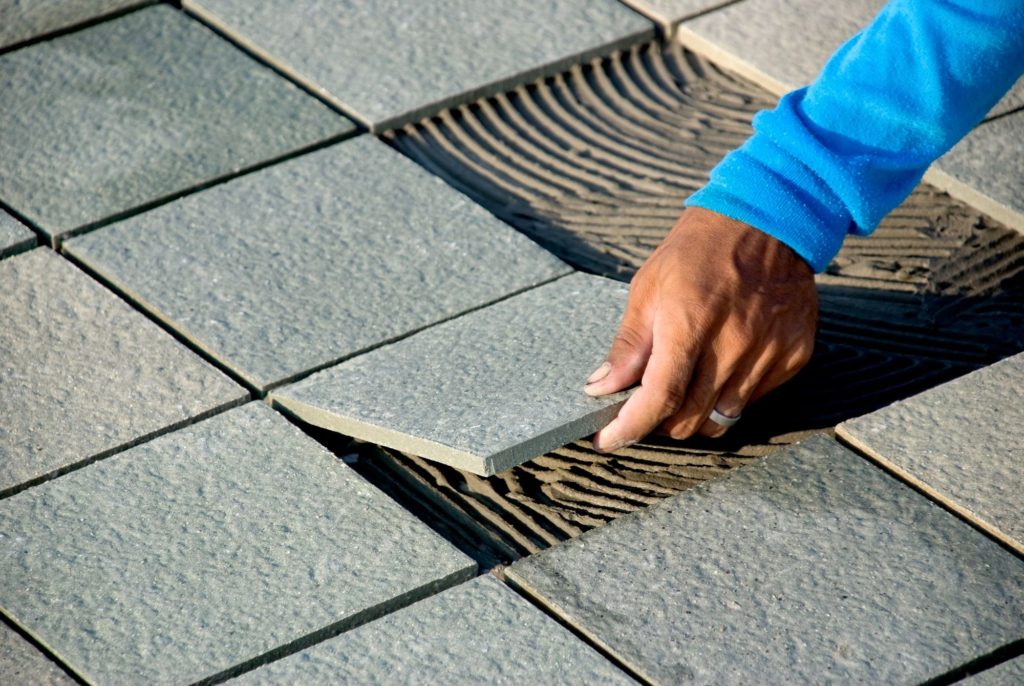
Square 20×20 cm – another traditional tile format, which is used in construction and finishing works at residential and commercial real estate.
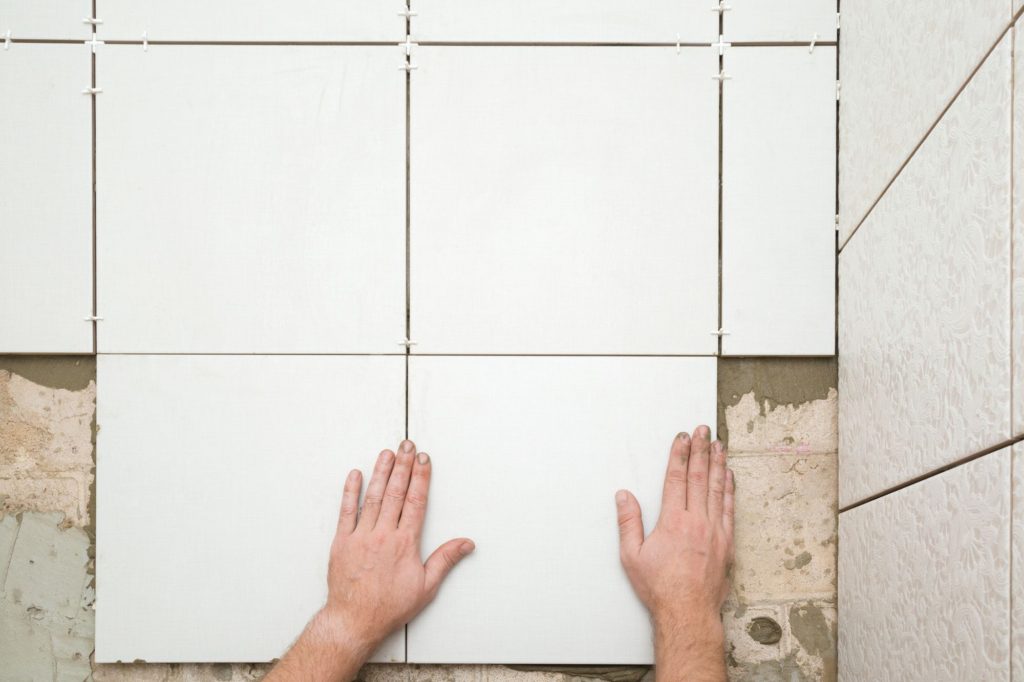
Universal square 45×45 cm – the main size of the tile, which is very popular due to its ease of installation and practicality. This form of tiles can be used in any interiors and rooms, as they meet the current technical requirements and aesthetic wishes.
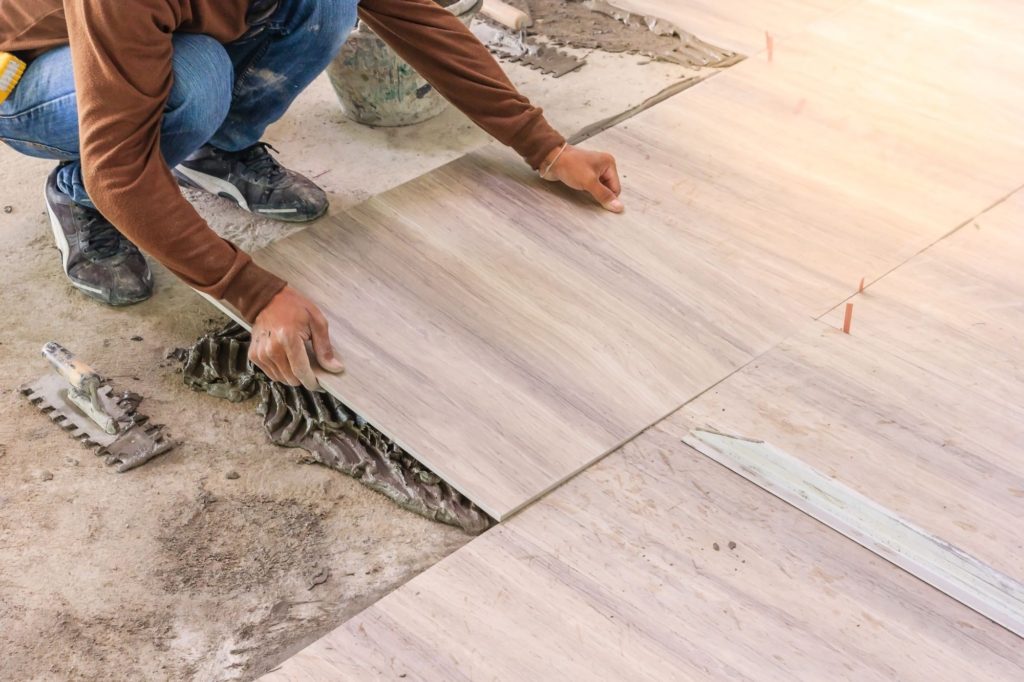
Square 60×60 cm tiles – the ideal format for any room. Due to the large size, the products look modern and are able to add style relevance to different interiors. Floor tiles 60×60 cm can be laid with a slight gap on the seams – the coating will look neat and aesthetic.
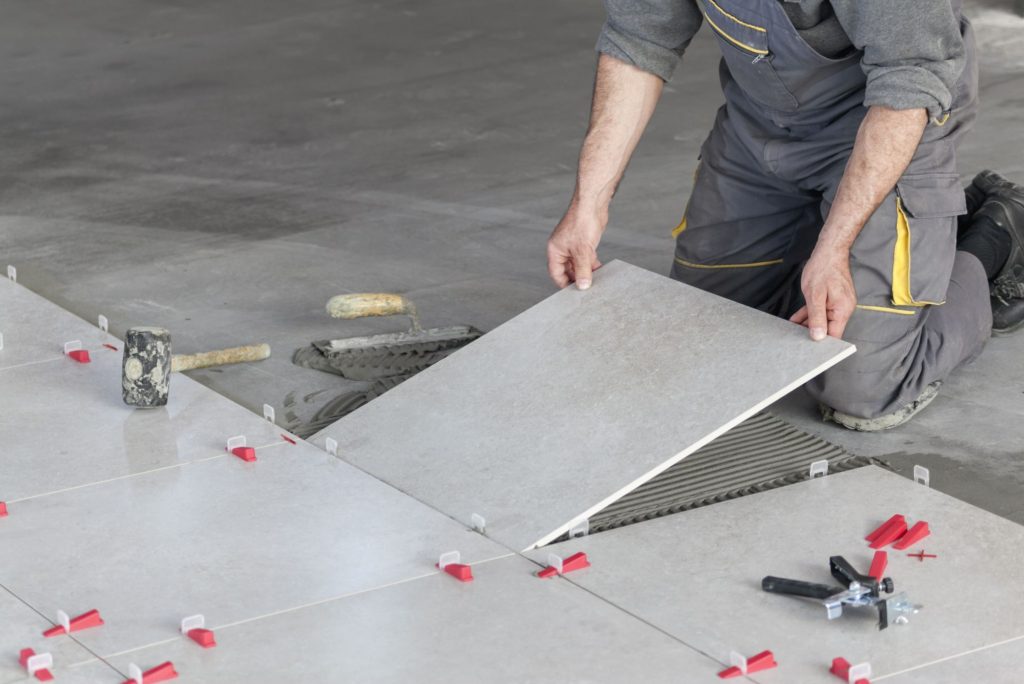
Tiles 80×80 cm – a practical and beautiful tile for flooring. The visual integrity of the coating can be achieved by installing tiles with minimal seams.
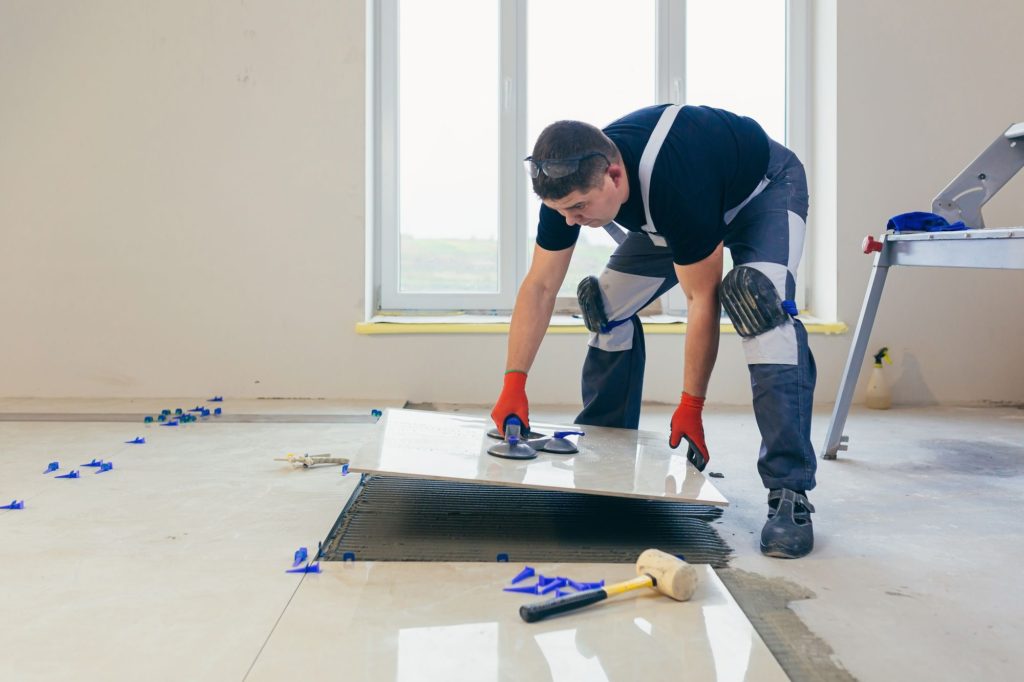
Large square 90×90 cm – a modern and stylish format that will look best in spacious rooms, residential buildings or architectural objects. Such a square tile in tandem with a tile of 30×90 cm looks harmoniously.
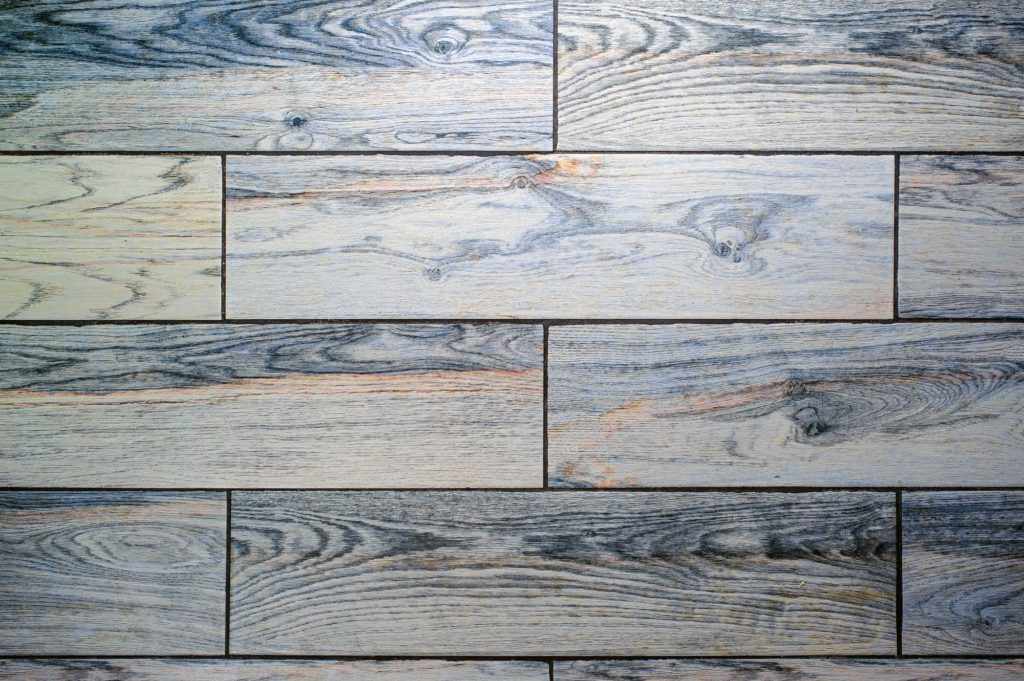
Narrow rectangular tiles 10×60 cm – rectified size, which is used with equal success for wall cladding and for installation of floors.
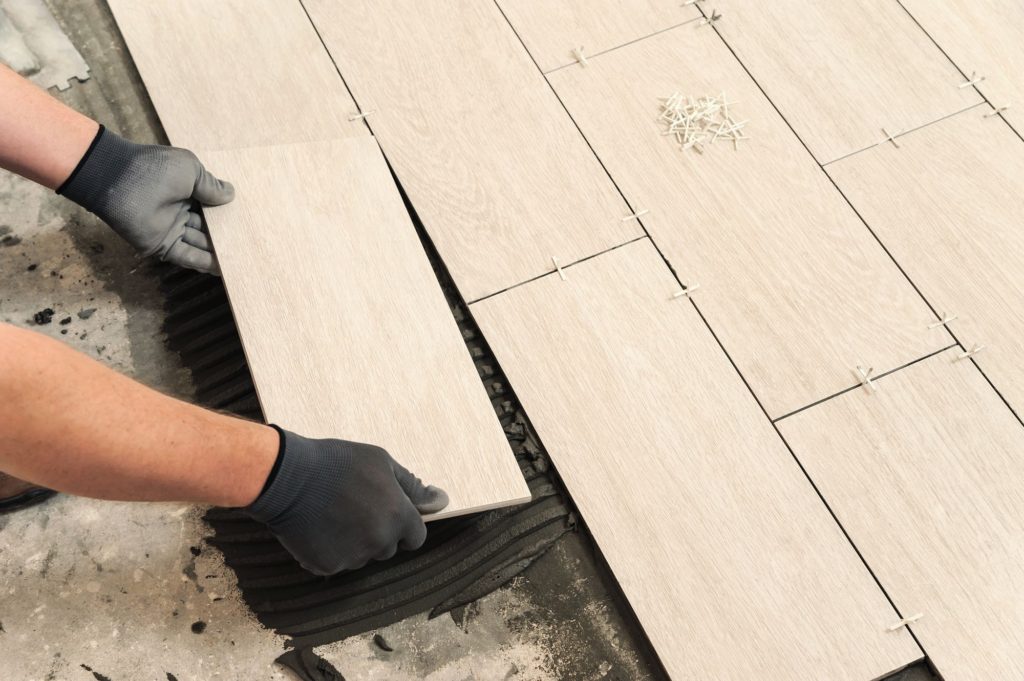
A typical rectangle with sides 15×60 cm. This size is considered to be average and common in the construction and decoration of residential and commercial premises. Tiles of this shape can be combined with many modifications of the long rectangle.
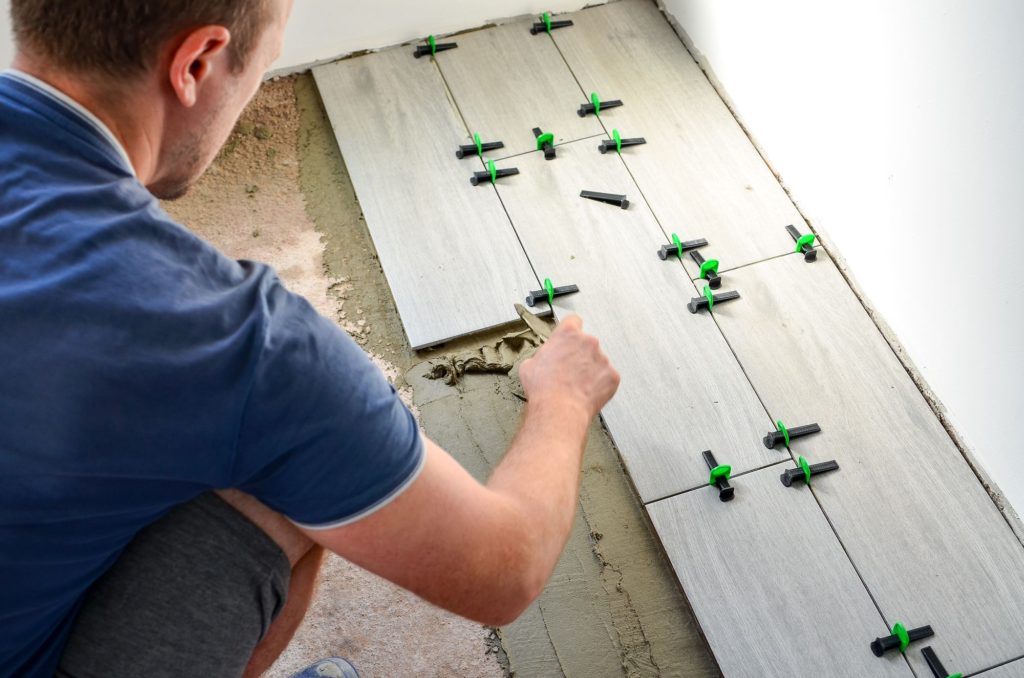
Elegant tiles with a rectangular shape of 20×60 cm – the most successful solution for modular wall decoration for 60×60 cm tiles laid on the floor.

Non-standard format 22.5×90 cm. Most often it is presented in designer collections of tiles imitating natural wood. The original size of the tiles allows you to create large parquet areas and embody unusual design ideas in premium interiors.
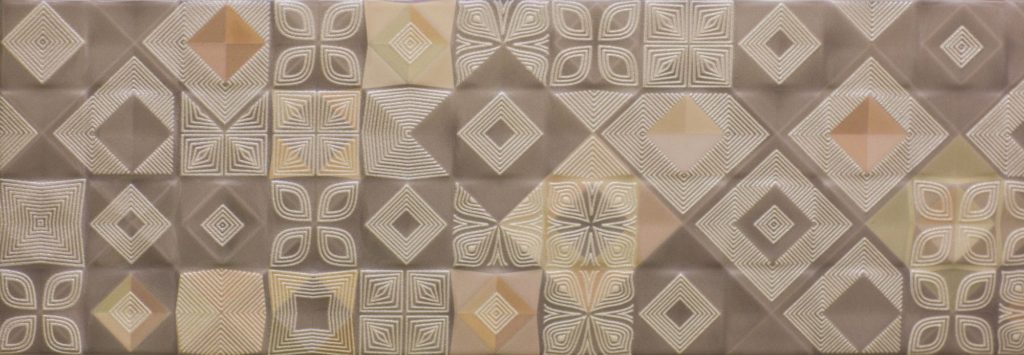
Rectangle 30×90 cm – a great alternative to the classic square. Tiles in this size are usually staggered. But the option of modular combination of rectangular tiles with large squares also looks good.
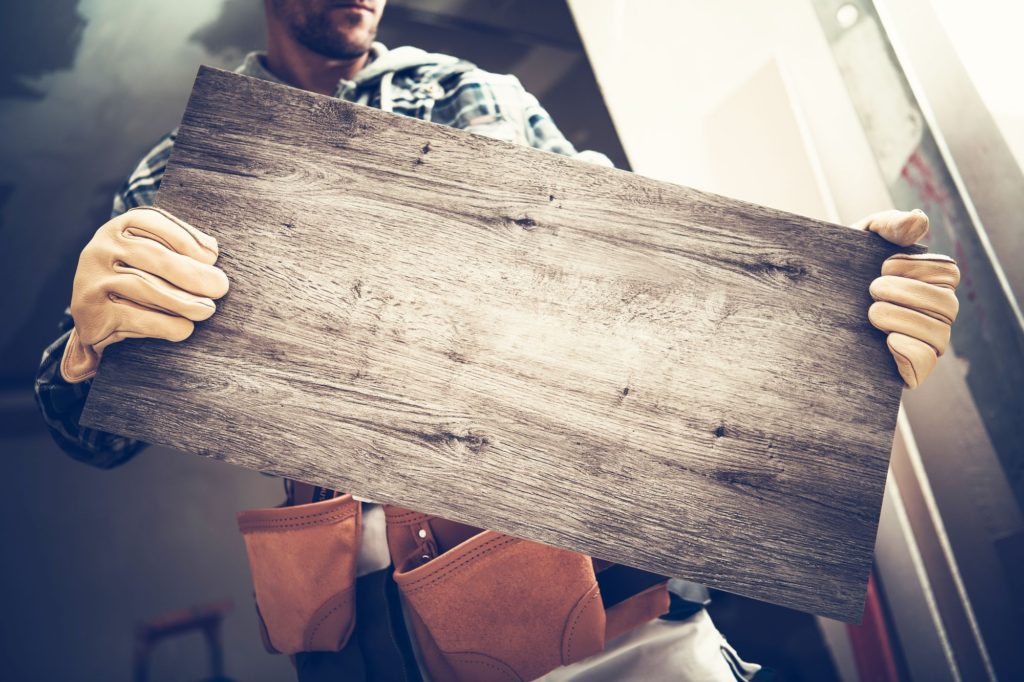
Tiles 45×90 cm – ideal for arranging floors and walls in large areas. It is suitable for both commercial or public projects, and for residential buildings.
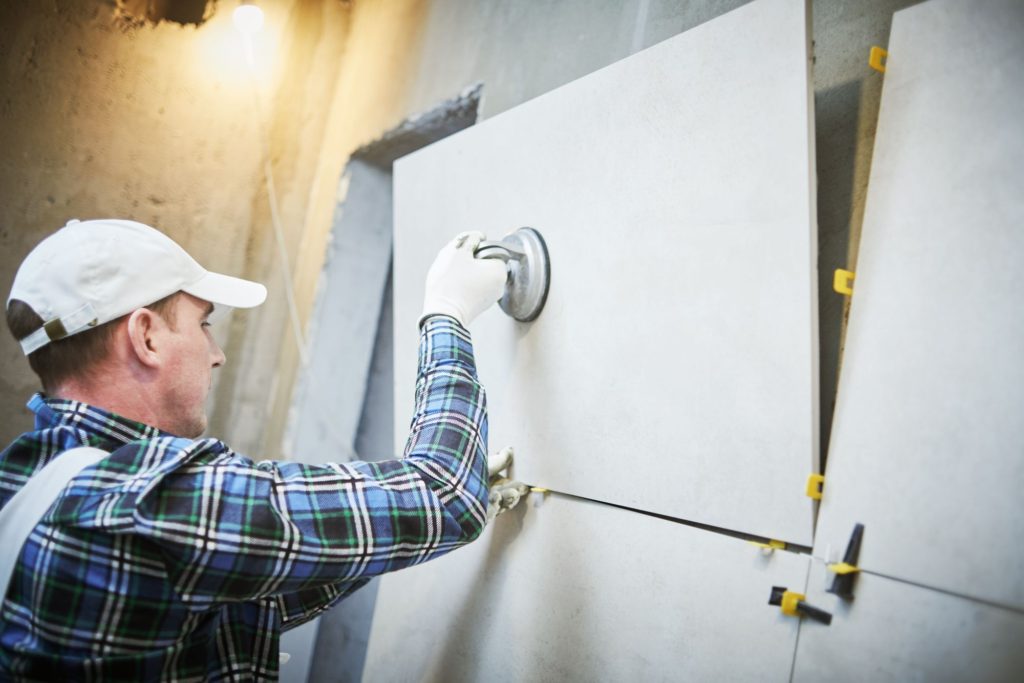
Universal rectangular format 60×90 cm – tiles that are suitable for all styles due to the fact that they have a modern aesthetics and visually expand the room, giving it a sense of space.
Tiles with different textures
Surface type is another important criterion. Depending on the production method and processing option, the tile may have:
- Matte surface – these tiles are produced by pressing and firing to ensure they are free from shine and glare. It looks interesting and has excellent density and low moisture-absorbing properties.
- Glazed surface – products are also pressed but fired after applying a special glaze to the workpiece, which, after melting and cooling, turns into a glass layer. The tile coated with a mineral composition is characterized by increased strength, resistance to moisture and water. It is excellent for interior decoration with high humidity levels, as well as for outdoor use.
- Polished surface – it is obtained by grinding the workpieces that have passed the firing and removing the top layer. Such a tile is produced under the name “porcelain stoneware”.
- Lapped surface, which is characterized by uneven grinding of the top layer. Thanks to the combination of perfectly polished and rough areas, such ceramic tiles look very unusual – they are characterized by soft gloss, non-slip, abrasion, and wear resistance.
- Structured tiles and porcelain stoneware – products with an original textured surface that imitates natural material (wood, stone, leather, etc.). Advantages: spectacular appearance, original design, abrasion and slip resistance, high strength, durability.
Tile grades
There is a classification of ceramic tiles according to grades determined by the international standard EN98. All facing material is divided into grades:
- I – marked in red and guaranteed to contain up to 5% defects or deviations.
- II – marked in blue and may contain up to 25% of scrap / defective tiles.
- III – marked in green and allows a deviation of 50% of rejects.
Classification depending on the manufacturing technology and raw materials used in the production
The ceramic tile presented on the modern market is divided into seven types. Each of them differs in the method of manufacture and scope of use. In addition, the criterion for dividing the slabs into types is the raw material that was used in the production of certain materials.
- Bikottura – tiles intended for use in interior finishing works. It is made of red clay, which is first pressed and then fired. The workpieces are processed with enamel, after which they are fired again and acquire a finished look with a smooth and shiny surface. A characteristic feature of such a tile is its small thickness, low weight, and convenient format (square, rectangle). Bikottura is ideal for installation on the walls in the bathroom, toilet. Sometimes it is mounted on the floor – in non-walk-through rooms, where street debris and dirt are excluded.
- Monocottura – products made from white or red clay and passed a single firing stage. Such tiles are produced by means of enhanced pressing, due to which they acquire a high density, a low degree of water absorption, and resistance to temperature extremes. Monocottura can be mounted on walls and floors indoors or outdoors. It is characterized by hardness, strength, wear resistance, frost resistance, resistance to detergents.
- Porcelain stoneware – the same tiles made of white or red clay, but using a different technology. A distinctive feature of the products is uniform coloring over the entire thickness, which is achieved by adding a coloring pigment at the stage of forming the blanks. That is why porcelain stoneware is not covered with enamel, although it goes through other production stages – double pressing and firing at very high temperatures.
- Cotto is an unglazed tile with an uneven rough surface, formed by the extrusion method (it involves pushing blanks through special dies). The slabs are made from a mixture of red clay, pigments, and fine pumice. It is used more often in exteriors, less often indoors.
- Cottoforte – products made of clay mixture with the addition of kaolin, which is fired twice (after molding and after glazing). It is used for finishing floors inside buildings.
- Clinker – a tile that is made from highly plastic slate clay without the addition of foreign components. This is the most environmentally friendly and safe ceramic tile, which has a large thickness, high strength, resistance to abrasion and wear, chemicals and mechanical stress, as well as frost resistance. Clinker tiles are versatile – they can be used for cladding surfaces and objects, both inside and outside.
- Majolica is a type of tile made from red clay in several stages: molding, drying, pressing, firing at low temperatures, applying enamel (glaze, pattern, pattern), firing at high temperatures. Majolica looks spectacular and stylish, suitable for expensive interiors and only for interior wall decoration.
Thanks to a wide range of unique properties and excellent consumer characteristics, ceramic tiles allow you to embody original design ideas in the design of a variety of rooms, zones, and entire buildings.
